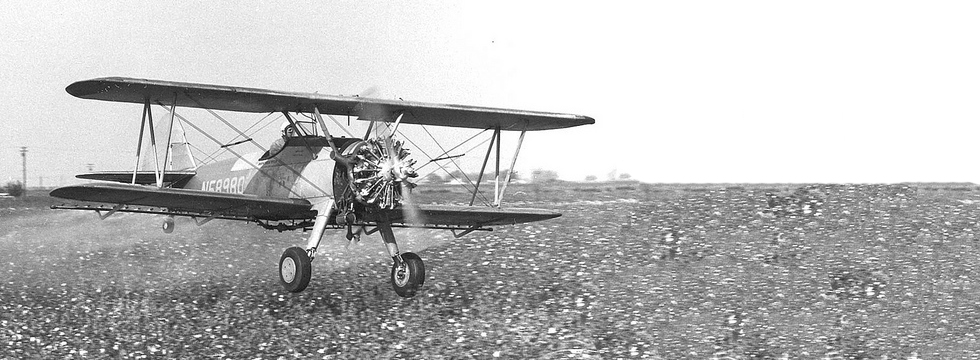In 1996, aerial applicators celebrated the 75th anniversary of the first time an airplane was used to deposit insecticide. In 1921, in an experiment in Ohio, lead arsenate dust was spread over catalpa trees to kill sphinx moth larvae. Under the direction of the Ohio Department of Agriculture, Lt. John A. Macready, a U.S. Army pilot, made the first application with a modified Curtiss JN-6 “Super Jenny.” The government then utilized aerial application in the Southern states. In 1922, Curtiss biplanes were used to dust cotton fields near Tallulah, LA, to control bollweevils. In 1923, Huff-Daland Dusters, Inc. – the forerunner of Delta Airlines – did the first commercial dusting of crops with its own specially built aircraft.
In the early days, aerial applicators were known as “crop dusters” because they worked with dry chemicals, mostly insecticides. Today, aerial applicators deliver mostly liquid products to control pests and diseases and to provide nutrients for American agriculture.

